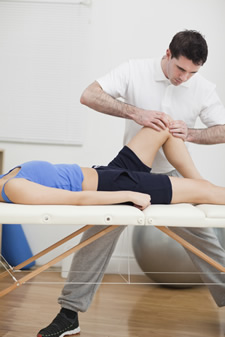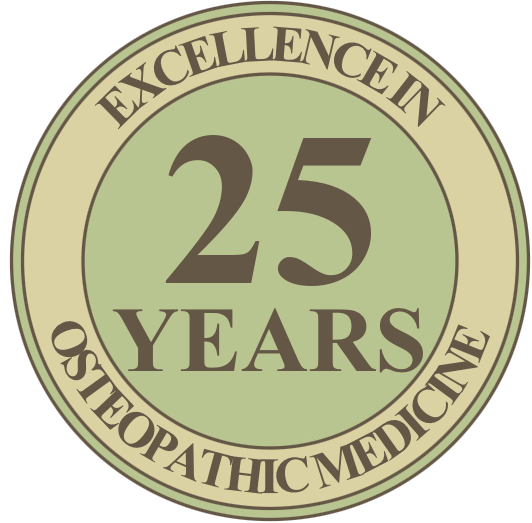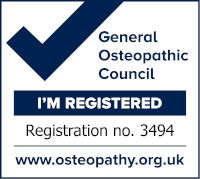Gravitational Physiology & Biomechanics in Osteopathic Medicine
 Gravity is arguably the most potent physical influence in any human life. It pervades our bodies and our environment and affects our every activity. All of the structures around us - our homes, furniture, buildings, machinery, plants and animals - and our own bodies, are designed to function in a world dominated by gravity. The form of each bone, muscle, and sinew tells a story of its particular role in maintaining and moving the body in the gravitational field. Many of the injuries faced in the therapeutic setting are consequences of falling down, or of habitual movement patterns that strain tissues.
Gravity is arguably the most potent physical influence in any human life. It pervades our bodies and our environment and affects our every activity. All of the structures around us - our homes, furniture, buildings, machinery, plants and animals - and our own bodies, are designed to function in a world dominated by gravity. The form of each bone, muscle, and sinew tells a story of its particular role in maintaining and moving the body in the gravitational field. Many of the injuries faced in the therapeutic setting are consequences of falling down, or of habitual movement patterns that strain tissues.
The aim of Osteopathic Medicine is to get patients to sit, stand, and move with their bodies in a more appropriate relationship with the vertical. After years of treating patients with chronic problems, one has concluded that many of these problems arise because parts of the body become misaligned with respect to the vertical, and organ functions therefore become compromised.
Surgical findings on such patients have shown that abdominal nerves and blood vessels are under tension in individuals whose bodies are out of alignment. Reports of 'stretching and kinking' of cerebral arteries and veins in those whose necks were bent due to poor posture. Various cardiac problems are correlated with 'faulty body mechanics' that distort the chest cavity in a way that impairs circulatory efficiency. X-rays have shown a build-up of calcium deposits around the vertebrae of patients with chronic arthritis. Many practitioners have observed that these deposits can diminish when the patient acquires a more vertical stance with osteopathic treatment.
Osteopaths correct many difficult problems without the use of drugs. We view the human body from a holistic biomechanical engineering perspective, in which alignment of parts is essential to reduce wear and stress. Osteopathic manipulative therapy corrects misalignments to prevent long-term harmful effects.













